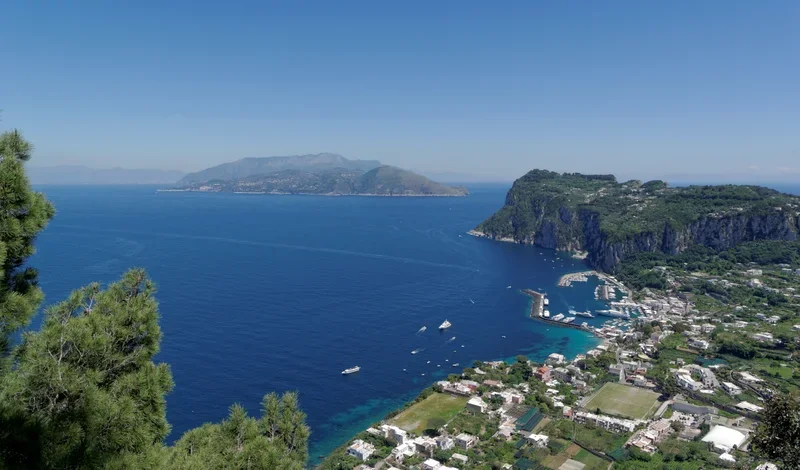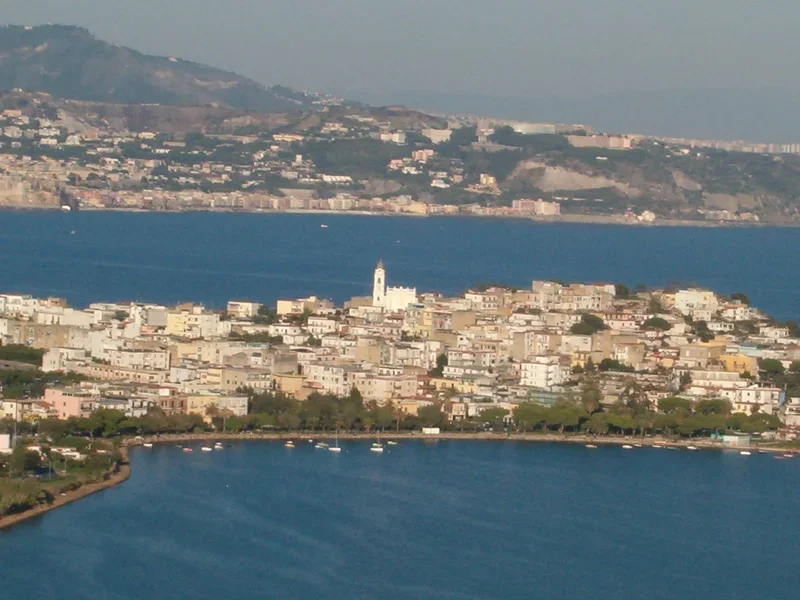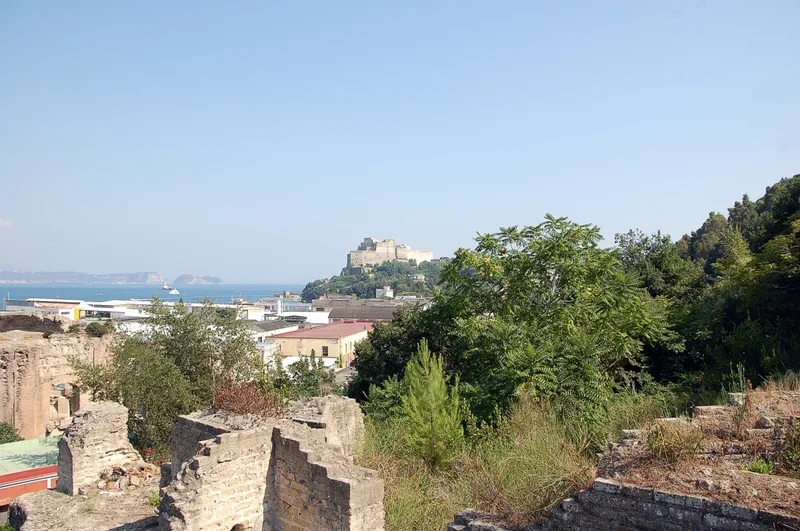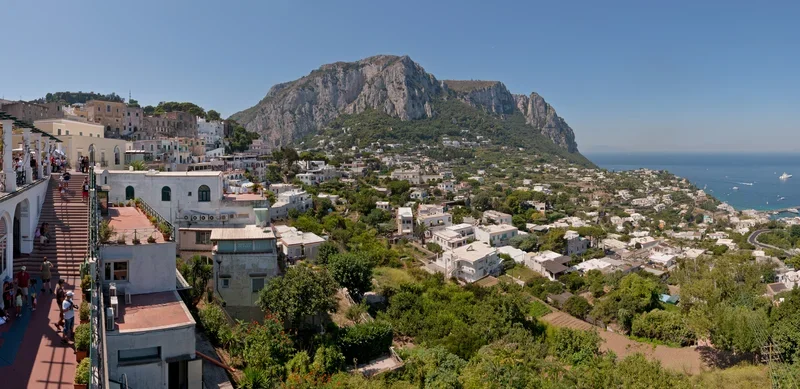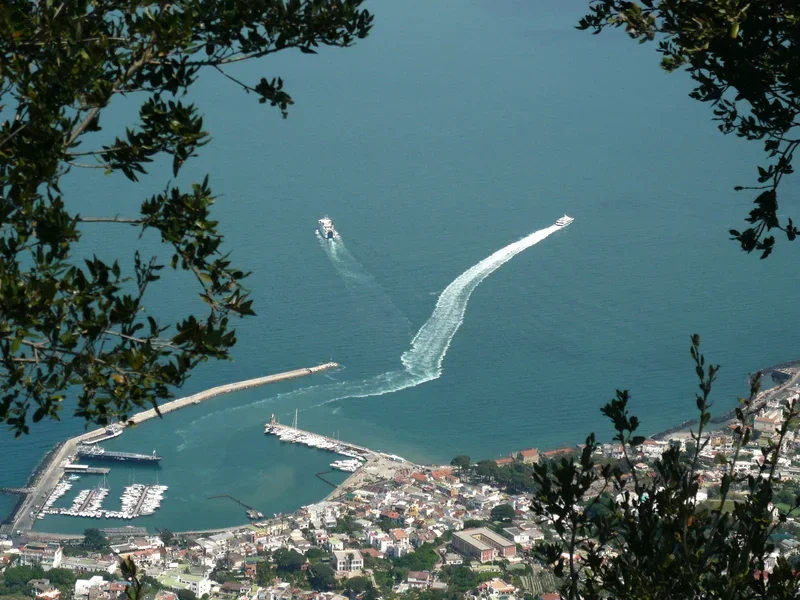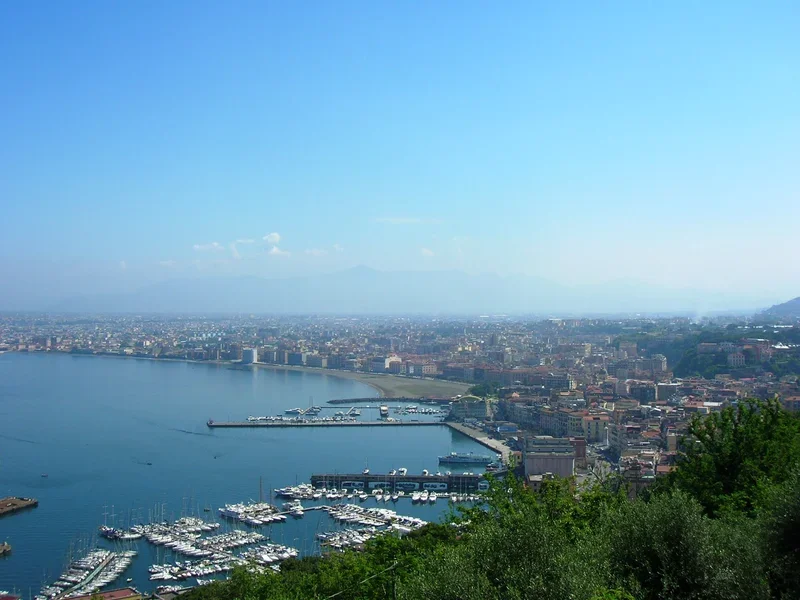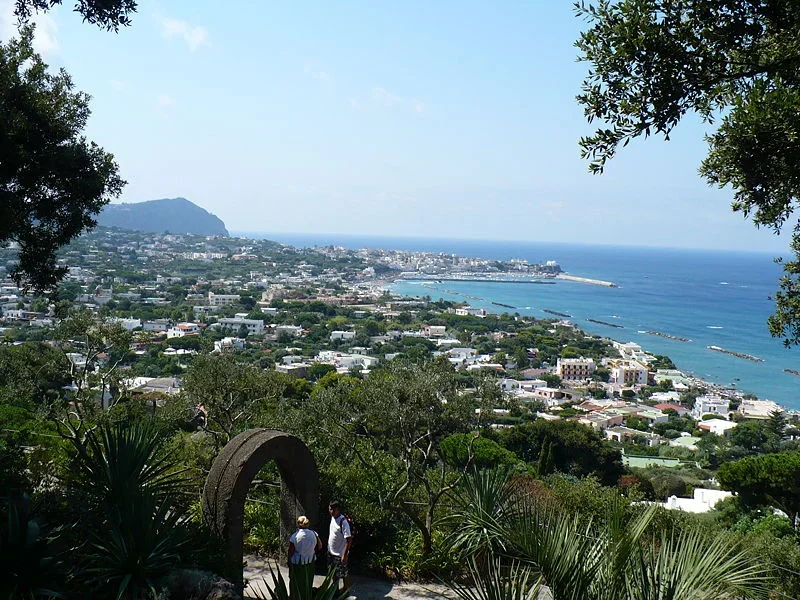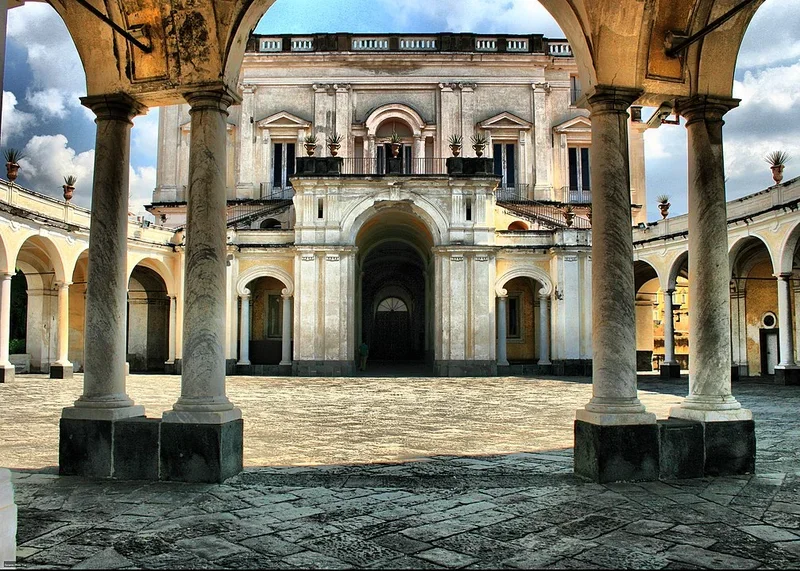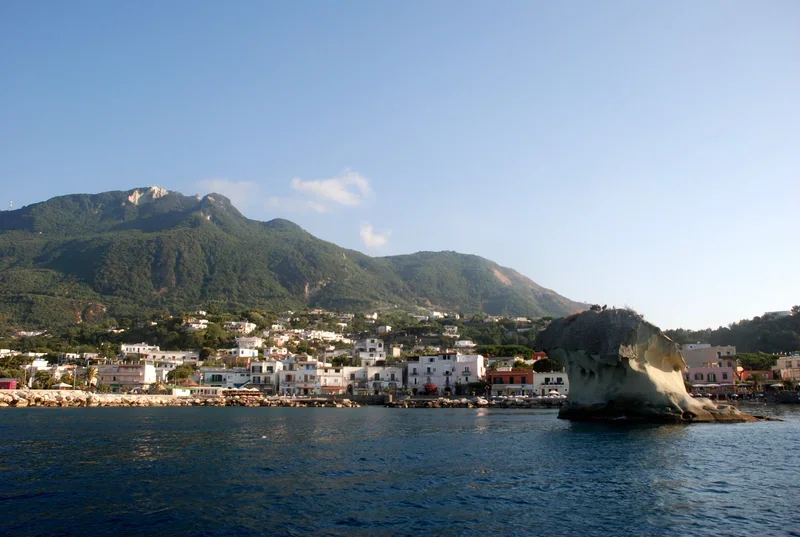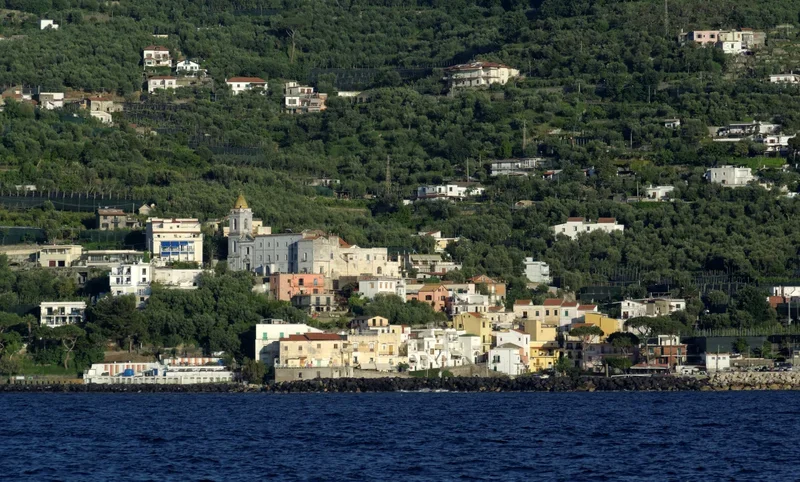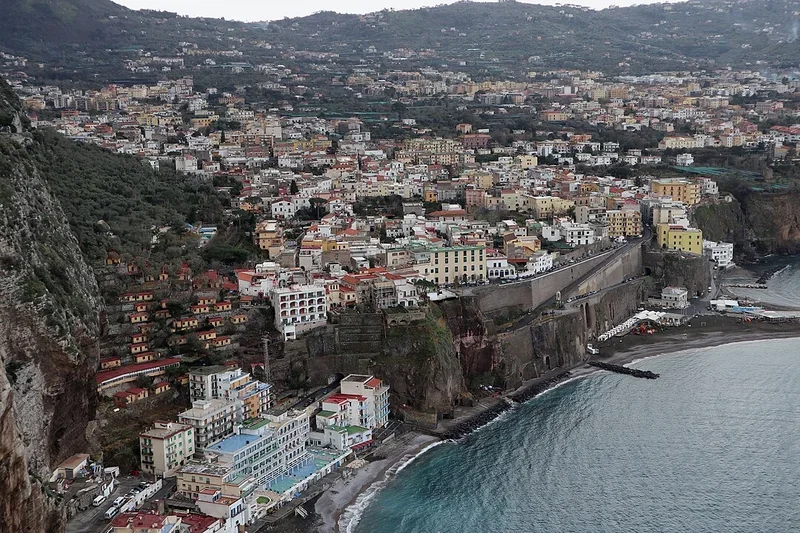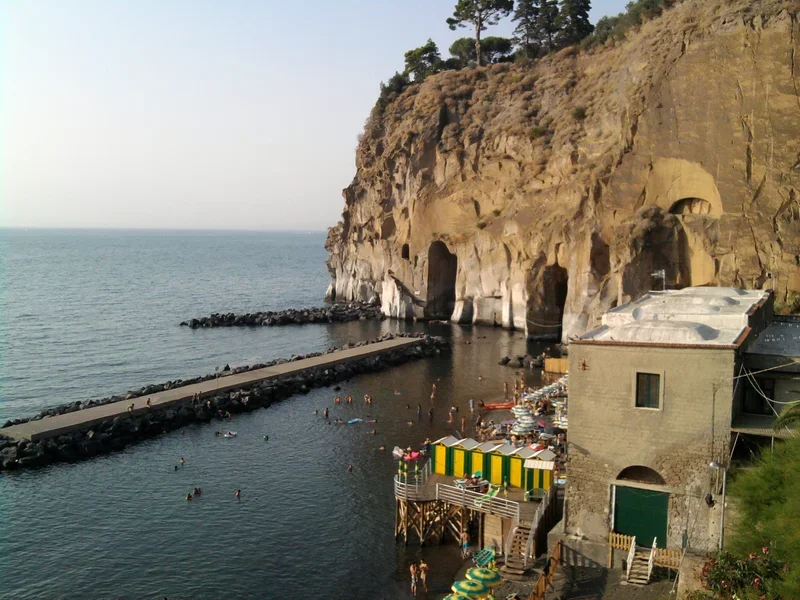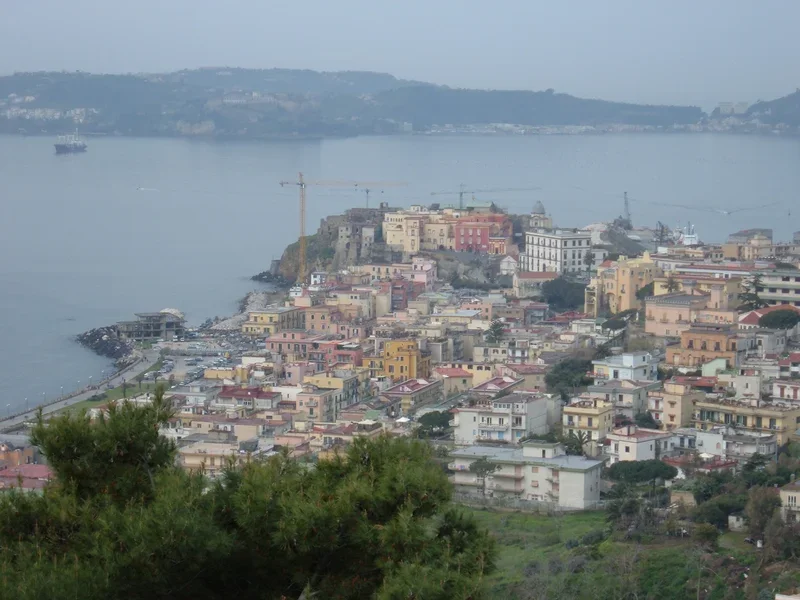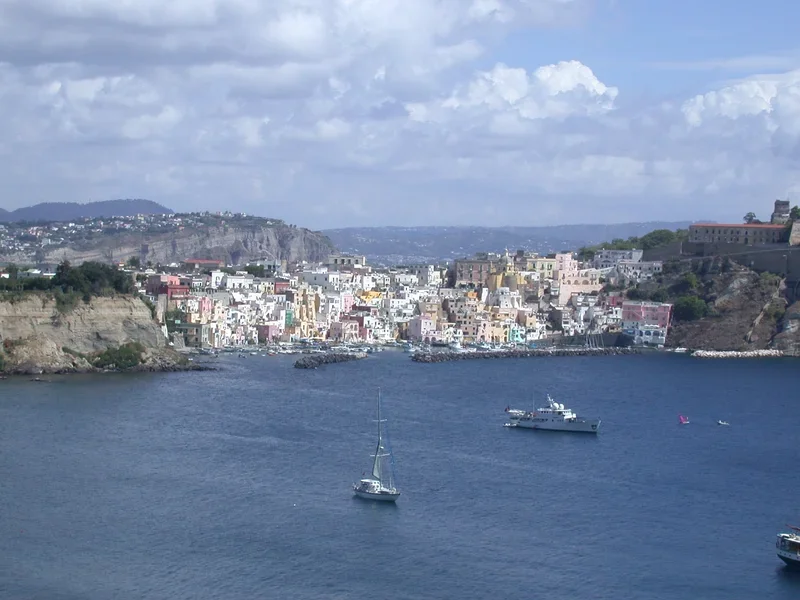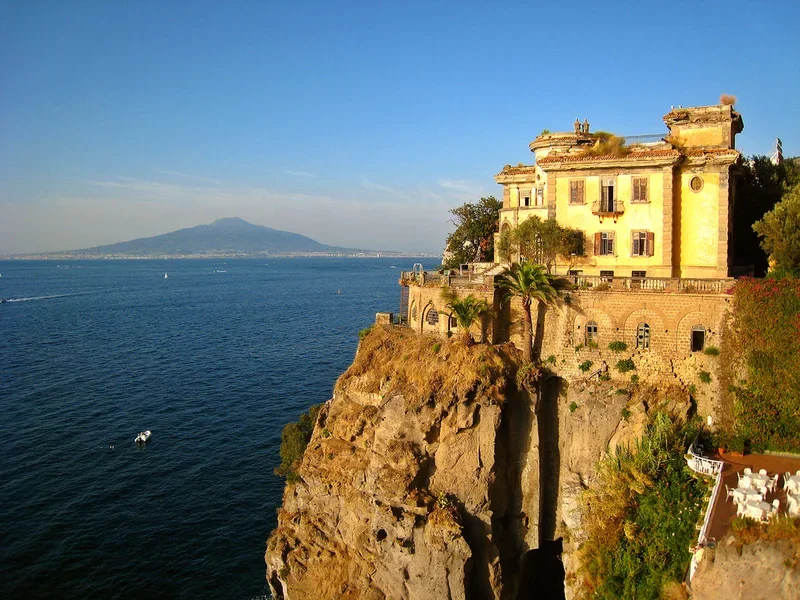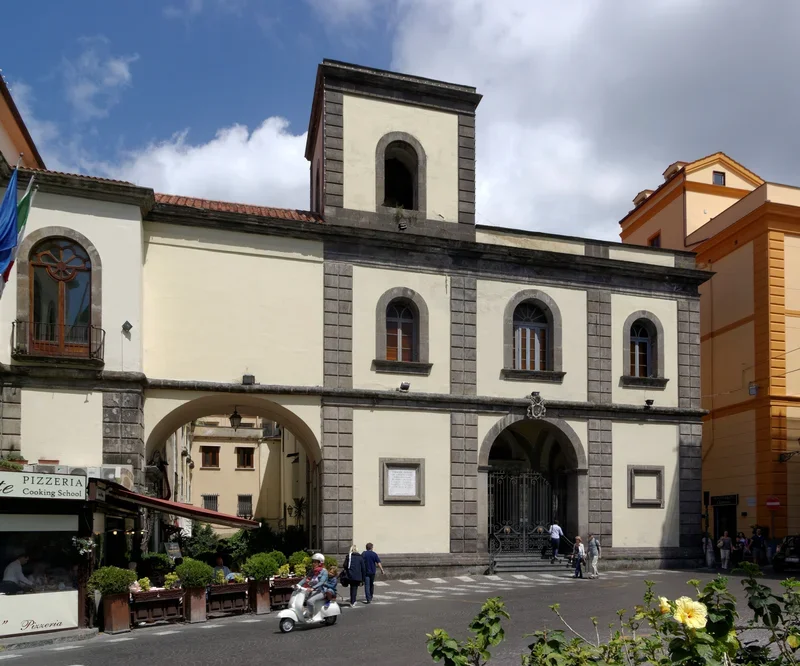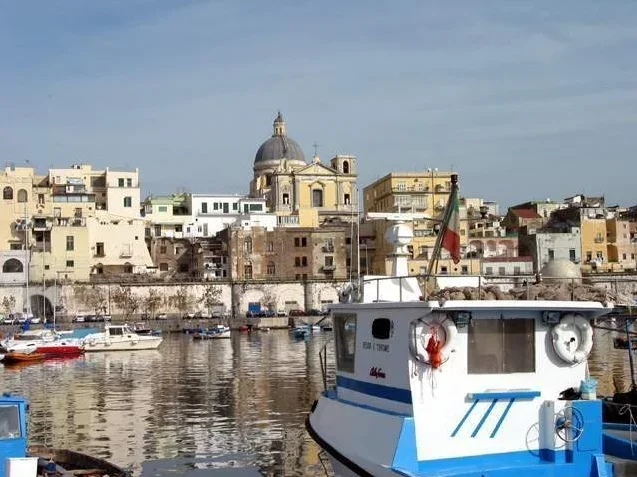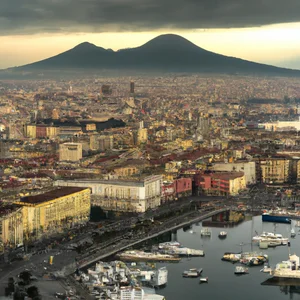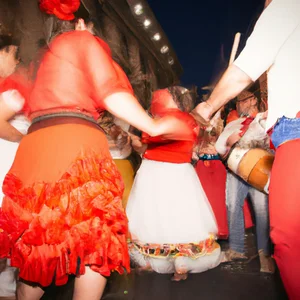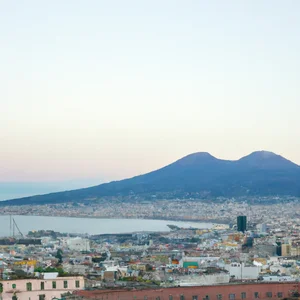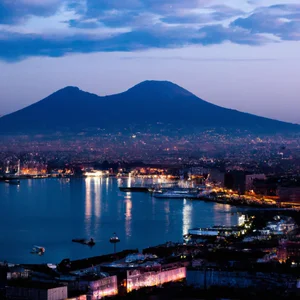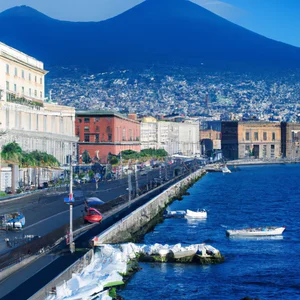Book your experience
Three books to read before visiting Naples: discover the stories that will guide you in the Neapolitan city
Naples, with its fascinating mix of history, culture and traditions, is one of the Italian cities that most impress visitors. Its beauty and complexity cannot be fully understood without an adequate cultural background. Before immersing yourself in the lively streets and evocative alleys of this metropolis, it is essential to prepare yourself by reading some texts that not only tell stories, but which also offer a key to understanding the vast range of experiences that Naples has to offer.
In this article, we will explore three essential literary works: “My Brilliant Friend” by Elena Ferrante, “The Belly of Naples” by Matilde Serao and “La Pelle” by Curzio Malaparte. Each of these books offers a unique and fascinating perspective on Neapolitan life, its traditions and its historical evolution. Through the analysis of these texts, we will immerse ourselves not only in the stories of the unforgettable characters created by Ferrante, but also in Serao’s post-unification Naples and the war devastations narrated by Malaparte.
In a journey that goes beyond a simple tourist visit, we aim to guide you through the pages of these authors, to offer you a rich and layered vision of the city. From the discovery of Ferrante’s Naples to the society described by Serao, up to Malaparte’s experiences of war and resilience, each chapter of this article will be a gateway to an authentic Naples, just waiting to be explored. Get ready to discover the stories that will guide you through the Neapolitan city, making your visit not only a physical journey, but also an immersive cultural experience.
1. Elena Ferrante’s brilliant friend
Details about the book
My Brilliant Friend is the first novel in the My Brilliant Friend tetralogy written by Elena Ferrante. The book is set in Naples in the 1950s and tells the story of two friends, Elena and Lila, who grow up together in a working-class neighborhood of the city. The plot follows their lives, their challenges and their ambitions, offering an intense and realistic portrait of Neapolitan society at the time.
Tourism impact
My Brilliant Friend has had a major tourism impact on Naples, with many visitors wanting to discover the places described in the novel. You can visit the neighborhoods where the protagonists lived, such as the Luzzatti district and the Cerullo district, immersing yourself in the unique atmosphere of Naples at the time. Additionally, literary tours have been organized that allow fans of the book to explore the city through the eyes of Elena and Lila.
The novel helped promote Naples as a tourist destination, showing its beauty but also its contradictions. Thanks to My Brilliant Friend, the city has become a place of pilgrimage for readers who wish to live an authentic and unique experience, discovering the Naples told by Ferrante.
The belly of Naples by Matilde Serao
The belly of Naples is a novel written by Matilde Serao, a 19th century Italian journalist and writer. Set in post-unification Naples, the novel tells the daily life of the city through the eyes of various characters, showing the social inequalities, poverty and wealth that characterized Neapolitan society at the time.
Matilde Serao, with her realistic and engaging style, describes in detail the popular neighborhoods of Naples, the narrow alleys, the crowded markets and the characters who populated them. Through the stories of different families and individuals, the author highlights the contradictions and tensions of a constantly changing city, where tradition and modernity collide.
Serao's post-unification Naples
Naples, in the post-unification period, was a city in turmoil, where the old Bourbon institutions clashed with the new demands for modernization brought forward by the Kingdom of Italy. Matilde Serao talks about this Naples in transformation, where social contradictions become evident and inequalities become more acute.
In the novel, Serao highlights the disparities between bourgeois and popular Naples, showing the difficulties and suffering of the lower classes and the superficiality and hypocrisy of the higher ones. Through her characters, the author manages to paint a vivid and engaging portrait of a complex and contradictory city, in which the struggle for survival is always present.
The belly of Naples is a novel that manages to capture the essence of the Neapolitan city, showing its beauty but also its shadows, its contrasts and its contradictions. Through Matilde Serao's compelling prose, the reader is transported on a fascinating journey to nineteenth-century Naples, discovering a vibrant city full of life, but also marked by profound social and cultural divisions.
The skin by Curzio Malaparte
Introduction
La pelle is a novel written by Curzio Malaparte in 1949, which offers a unique and controversial vision of the city of Naples during the Second World War. Malaparte, pseudonym of Kurt Erich Suckert, was an Italian journalist, writer and diplomat, known for his provocative and unconventional works.
Description of the novel
In this novel, Malaparte narrates the events of an Italian officer during the Nazi occupation of Naples. Through a raw and merciless narrative, the author highlights the violence, corruption and desperation that characterized the city during that dark period. The figure of the officer, ambiguous and enigmatic, moves between the various sides in conflict, trying to survive in a context dominated by hatred and brutality.
Analysis of the historical context
Malaparte uses Naples as a backdrop to explore universal themes such as war, violence and human nature. The city itself becomes a fundamental character in the narrative, with its winding streets, its dark alleys and its social contradictions. Malaparte highlights the beauty but also the ferocity of Naples, offering the reader an authentic and disenchanted glimpse of reality.
Through Malaparte's sharp and provocative prose, La pelle reveals itself to be a novel that leaves no one indifferent, questioning the certainties and conventions of society. Naples thus becomes the stage of a human drama in which history, politics and psychology intertwine, offering the reader an authentic and fascinating insight into a city in continuous transformation.
Discovering Ferrante's Naples
Introduction
Discovering Ferrante's Naples means immersing yourself in a compelling literary journey through the pages of author Elena Ferrante's works. The Neapolitan city becomes a true protagonist of the stories, transforming itself into a vivid and engaging backdrop that captures the imagination of readers.
Ferrante's novels
Elena Ferrante's works, in particular the tetralogy of My Brilliant Friend, are set in Naples and tell the story of two friends, Elena and Lila, over several decades. Through the personal stories of the protagonists, Ferrante paints a fresco of Neapolitan society, with its values, its contradictions and its traditions.
As you read, readers can feel the magic and unique atmosphere of Naples, with its winding alleys, its bright colors and its lively vitality. The city becomes a character in its own right, capable of influencing the choices and emotions of the protagonists.
Ferrantian itineraries in Naples
For those who wish to explore the Naples described by Ferrante, there are various literary itineraries that allow you to visit the places mentioned in the novels. From the streets of the Rione Luzzatti district, where most of the events of My Brilliant Friend take place, to the seafront of Via Caracciolo, the scene of the characters' meetings and reflections, Naples reveals itself in all its authenticity and complexity.
Through these routes, it is possible to discover hidden corners of the city, taste its traditional cuisine and immerse yourself in its popular culture. In this way, readers can live a unique and engaging experience, which goes beyond simply reading novels and allows them to come into contact with the authentic soul of Naples.
Discover post-unification Naples by Serao
Matilde Serao and post-unification Naples
Matilde Serao was one of the most important Italian writers of the 19th century and one of the first female journalists in Italy. Born in Patras in 1856, in 1880 she moved to Naples, a city that would profoundly influence her literary production. Serao is best known for her novels which tell the daily life of the Neapolitan people, particularly during the post-unification period.
The post-unification Naples described by Serao is a city in transformation, divided between tradition and modernity, between beauty and decay. In her novels, such as "The Belly of Naples", the author highlights the contradictions of a city which, despite facing social and political problems, retains its authenticity and unique charm.
Discovering post-unification Naples through the works of Matilde Serao means immersing yourself in a world full of nuances, unforgettable characters and dramatic situations. The writer manages to capture the essence of the city and its inhabitants, showing their resilience in the face of adversity and their ability to find beauty even in the most difficult situations.
Through the pages of Serao's novels, it is possible to experience a literary journey into authentic Naples, far from stereotypes and simplifications. His vibrant and engaging writing transports the reader into a fascinating and complex world, where history and culture are inextricably intertwined.
War and the city through Malaparte
Curzio Malaparte is one of the most important Italian writers of the twentieth century and described Naples in a unique and unmistakable way. Through his works, such as "La pelle" and "Kaputt", Malaparte recounts the city during the Second World War, with a critical and ruthless but also fascinating and engaging gaze.
The devastations of war narrated by Malaparte
Malaparte, who experienced the horrors of war firsthand, describes the devastation and tragedies that struck Naples during the conflict. Through his sharp and visionary prose, Malaparte leads the reader to reflect on the consequences of the war on the city and the people who live there.
Through the pages of his books, Malaparte paints a raw and merciless portrait of Naples during the war, but he does so with a sensitivity and depth that make him an essential author for anyone who wants to know the history and culture of the city.
Malaparte's works are an exciting and engaging journey into the Naples of the past, through the eyes of a privileged witness who lived unforgettable moments and was able to convey them with strength and intensity through his words.
Unforgettable characters by Ferrante
Elena Greco and Lila Cerullo
The main characters of "My Brilliant Friend" by Elena Ferrante are certainly Elena Greco and Lila Cerullo. These two girls grow up together in the working-class neighborhood of Naples in the 50s and 60s and their bond is unbreakable. Elena is a diligent and intelligent student, while Lila is rebellious and determined. Their lives are intricately intertwined, between rivalry, friendship and misunderstandings. Both try to escape the poverty and restrictions of Neapolitan society at the time, but their paths take different directions.
Nino Sarratore
Nino Sarratore is another fundamental character in Elena Ferrante's books. He is an intelligent and charming boy, who becomes a point of reference for both girls. His presence in Elena and Lila's life creates tensions and conflicts, but at the same time fuels them. Nino represents the aspiration for knowledge and success, but also betrayal and disappointment.
Rino Cerullo
Rino Cerullo is Lila's older brother, a handsome and muscular boy but also violent and domineering. His presence in Lila and Elena's life represents the harshness and brutality of Neapolitan society, where violence and abuse are the order of the day. Rino embodies toxic masculinity and patriarchal violence, which put girls and their relationships to the test.
These are just some of the unforgettable characters created by Elena Ferrante in her novels set in Naples. Each of them has a complex and multifaceted history, which reflects the contradictions and dynamics of Neapolitan society at the time. Thanks to Ferrante's intense and engaging writing, these characters come to life on the pages of his books and remain imprinted in the readers' memories.
The Neapolitan society described by Serao
Matilde Serao and her portrait of Neapolitan society
Matilde Serao, Italian journalist and writer of the 19th century, left an indelible mark on Neapolitan literature with her novel "Il ventre di Napoli". Through the pages of this work, Serao paints a vivid and realistic picture of the Neapolitan society of his time, highlighting the contradictions and peculiarities of a city rich in history and culture.
The Naples described by Serao is a contradictory city, divided between the magnificence of its buildings and the misery of its streets. Through her characters, the author tells the stories of ordinary men and women, struggling with the difficulties of everyday life and the social injustices that surround them. Serao highlights the disparities between social classes, showing how wealth and poverty live side by side in the streets of Naples.
Through her engaging narrative style and her ability to give voice to the most marginal characters, Matilde Serao offers the reader an authentic insight into Neapolitan life at the time, showing the contradictions of a constantly evolving society. With her vibrant prose rich in detail, the author manages to capture the essence of a one-of-a-kind city, revealing the secrets and passions that animate the beating heart of Naples.
The devastations wars narrated by Malaparte
Curzio Malaparte and his vision of Naples during the war
Curzio Malaparte, pseudonym of Kurt Erich Suckert, was an Italian journalist, writer and diplomat. His most famous work, "The Skin", offers a raw and realistic description of Naples during the Second World War. Malaparte, having been a direct witness of the war events, manages to convey to the reader the horror and desperation experienced by the Neapolitan population during that dark period.
In the novel, Malaparte narrates the war devastation suffered by the city of Naples, precisely describing the bombings, the hunger, the poverty and desperation of its inhabitants. Through his words, a dramatic and touching picture emerges of a city on its knees, but at the same time full of dignity and resilience.
Malaparte, with his direct and sharp style, manages to convey to the reader the claustrophobic and distressing atmosphere of a Naples under siege, where daily life is marked by fear and death. His detailed and realistic descriptions allow the reader to completely immerse himself in the reality experienced by the Neapolitan population during the war.
Through the pages of "La pelle", Malaparte offers an authentic and touching slice of life, which restores to the collective memory the atrocities and suffering experienced by the city of Naples during the Second World War. Thanks to his work, the reader can fully understand the devastation of war and the courage of a community that was able to resist and survive despite everything.

